Environmentally friendly production associated with green growth has become an inevitable trend for sustainable development. With the strength of a purely agricultural economy, Bac Lieu has been actively researching, applying, and aiming to replicate environmental protection production models.

Farmers in the Mekong Delta use straw processing machines to reuse resources for farming. Photo: TA
RAISING AWARENESS AND RESPONSIBILITY
Bac Lieu has over 100,000 hectares of rice land, of which more than 58,670 hectares are cultivated in the form of specializing in producing 2-3 rice crops/year, mainly concentrated in the districts: Hong Dan, Phuoc Long, Vinh Loi, Gia Rai Town and part of Bac Lieu City. Due to the characteristics of rice cultivation 2-3 crops/year, the rest time between crops is very short, so burning straw after harvest is a common practice of most farmers. However, when burned, straw will produce toxic gases such as: CO 2 , CH 4 , SO 2 ..., causing adverse effects on human health and the environment.
Faced with this situation, the agricultural sector and people have had many new and advanced production methods in cultivation, such as: reducing materials in agricultural production, harmoniously combining inorganic and organic, applying technology in fertilization, spraying, cluster sowing, row sowing, clean and organic production, applying high technology...
In particular, the application of biotechnology in agricultural production is identified as a method of production in harmony with the ecological environment, creating safe products. Therefore, in the summer-autumn crop of 2024, the Agricultural Extension Center has developed and implemented the model "Application of biotechnology in rice cultivation and straw treatment". Accordingly, applying biotechnology by increasing the use of organic fertilizers, microbial and organic preparations to help farmers solve the problem of balancing nutrition, insects, diseases, etc.
The goal of this model is to help farmers raise awareness and responsibility through the application of biotechnology in production, aiming to gradually reduce the amount of inorganic fertilizers and chemical pesticides. At the same time, increase the use of organic fertilizers, microbial and organic pesticides to balance the ecosystem and reduce environmental impact, especially creating safe products for producers and consumers. Guide farmers on new and effective farming techniques, farming solutions to cope with climate change, suitable for adverse farming conditions. Synchronously apply production techniques and IPM integrated pest control measures to reduce the use of pesticides, and balance NPK fertilizer application. Thereby, improve farmers' knowledge and farming skills through training, workshops to summarize and evaluate models and mass media, contributing to improving the efficiency of rice production and improving farmers' income.
To implement this model, Bac Lieu Agricultural Extension Center and local Agricultural Technical Service Centers have directly met with farmers participating in the model. From there, the Agricultural Extension Center announced the implementation content, introduced the objectives and significance of the model, benefits of participating in the model, rice varieties and supporting materials. On the other hand, it clearly stated the responsibilities and rights of farmers, the responsibilities of the Center, the District Agricultural Technical Service Center, technical staff and agreed for farmers to choose rice varieties to implement the model.
Along with that are instructions on how to handle straw, prepare soil, clean fields, soak and incubate rice seeds, and instructions on integrated pest management on rice along with methods to prevent some major pests.

Farmers in Hoa Binh district reclaim their fields by burning them, causing environmental pollution.
NEED TO ACTIVELY EXPAND THE MODEL
Through the implementation of the model, it shows that although there are still some farmers who are not bold enough to apply microorganisms to treat early-season straw and technical staff must always closely monitor and urge farmers to follow the correct process, but in general, the construction of the model is suitable for local farming conditions, the varieties are in the recommended list of the provincial Department of Agriculture, have a suitable growth period, good quality rice, easy to consume. Apply technical solutions in farming, aiming to create products that meet quality and safety standards, serve consumption and export, increase profits on the same area. Successfully transfer sustainable farming methods in a safe and sustainable direction, contributing to achieving the goal of restructuring the agricultural sector and increasing farmers' income.
In terms of social and environmental effectiveness, the model has significantly contributed to gradually changing farmers' awareness and production practices, contributing to improving the process and farming skills in intensive rice production for technical managers. State policies on agricultural extension have been gradually implemented, contributing to creating people's trust in the State in applying scientific and technical advances to production.
In addition, with the current complex climate change situation, applying the model in the fields, in addition to economic benefits, also contributes to reducing environmental changes. Pest control is easy, so the amount of pesticides and fertilizers is reduced. The product reduces toxins, helping to limit negative impacts on humans and the environment. The production model is towards safe and sustainable agriculture, bringing the community a healthy living environment...
It can be said that the results of the model "Application of biotechnology in rice cultivation and straw treatment" have improved the efficiency of rice production. This is also a good solution to help reduce environmental pollution, reduce greenhouse gas emissions... Therefore, farmers should boldly apply biotechnology in rice cultivation, combined with newly transferred technical advances, especially sustainable processes, safe production processes to increase product value and facilitate production chain linkage. Rice farmers need to pay attention to carefully and completely recording field diary notebooks. In addition, local authorities need to promote and encourage farmers to participate in order to continue to replicate the model...
TU ANH
Source: https://baocamau.vn/gan-phat-trien-san-xuat-voi-bao-ve-moi-truong-a64185.html


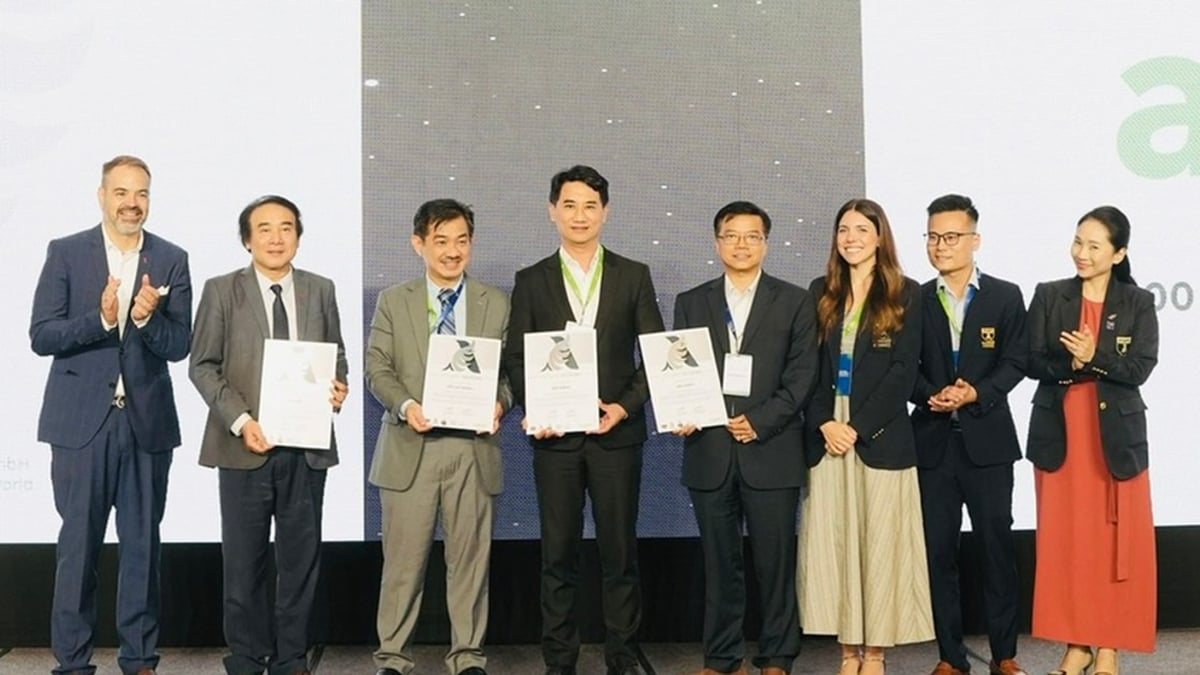
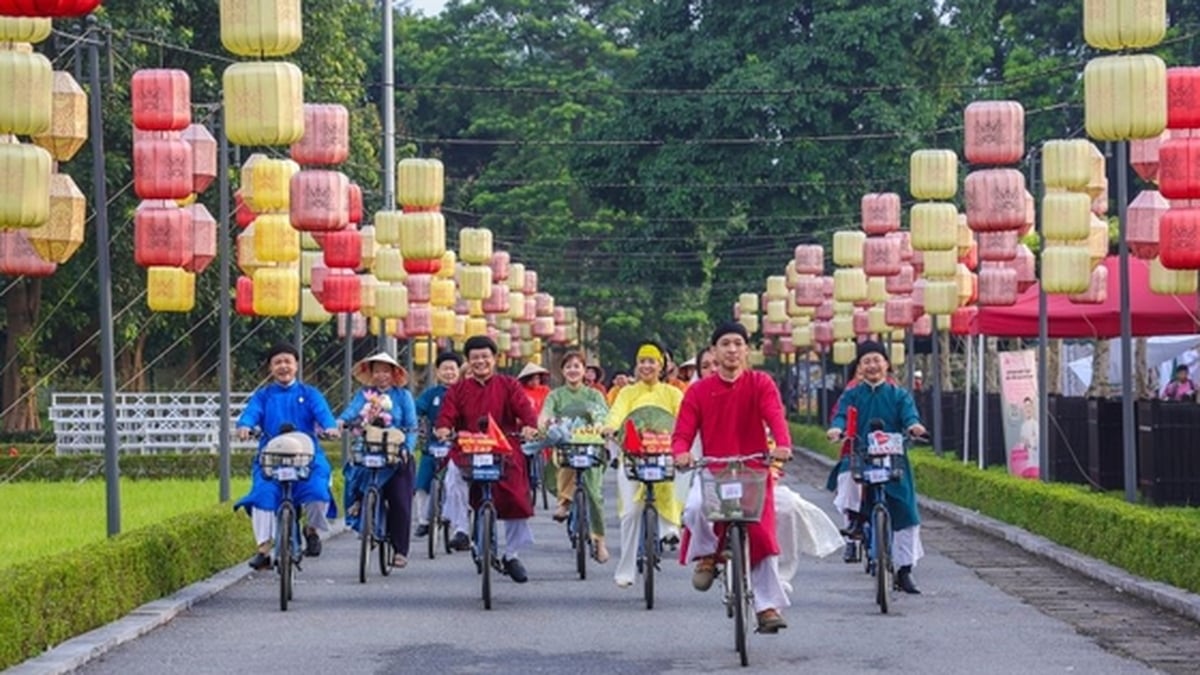
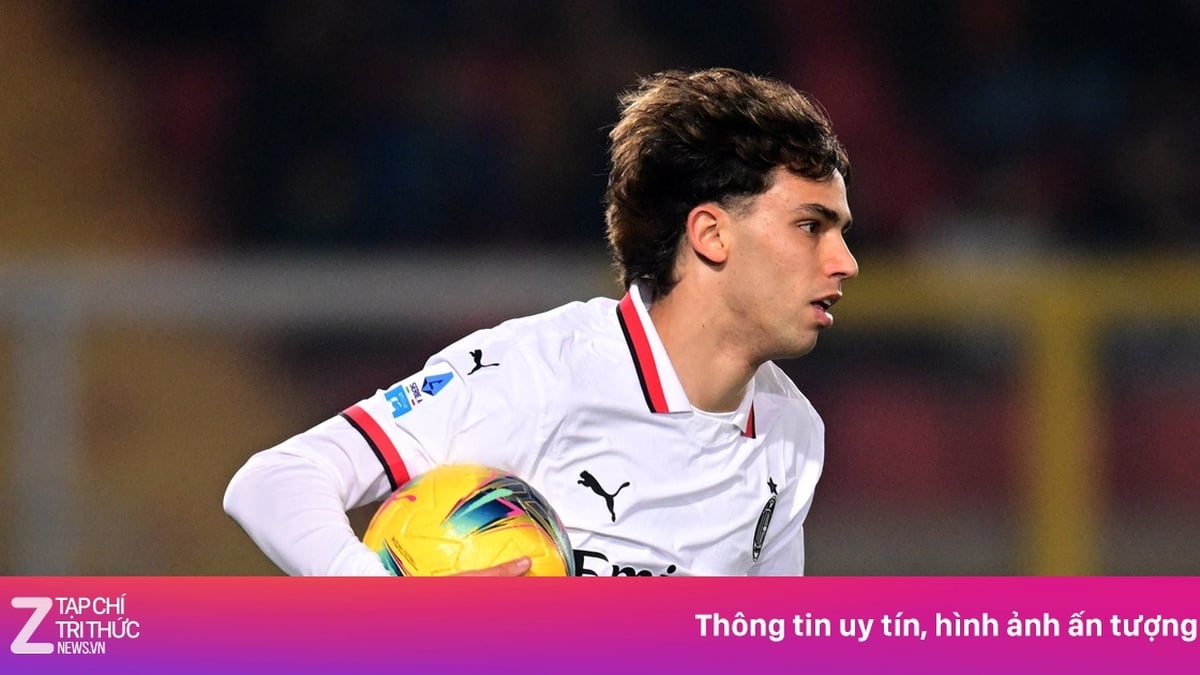

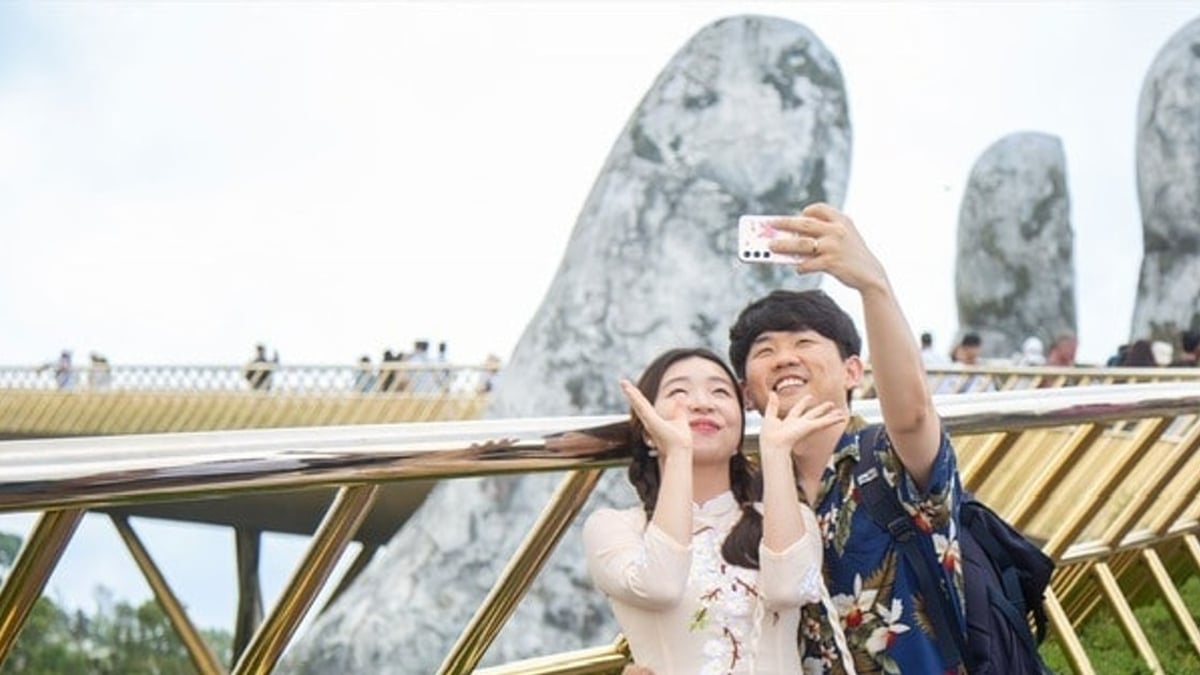

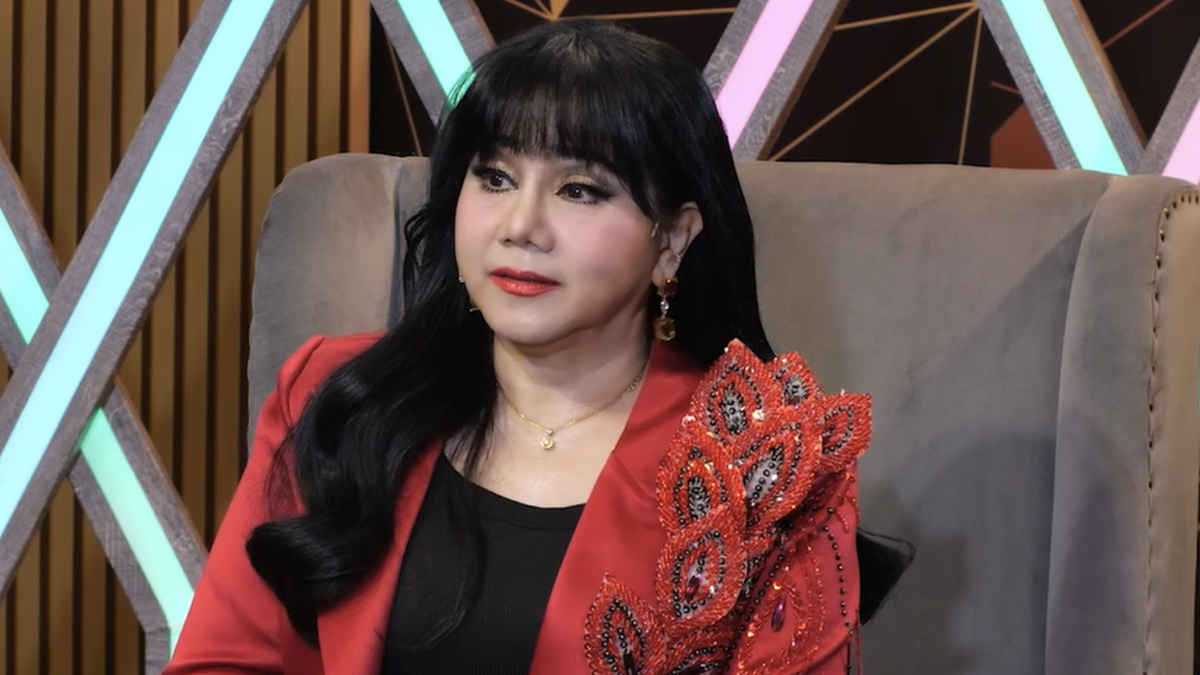

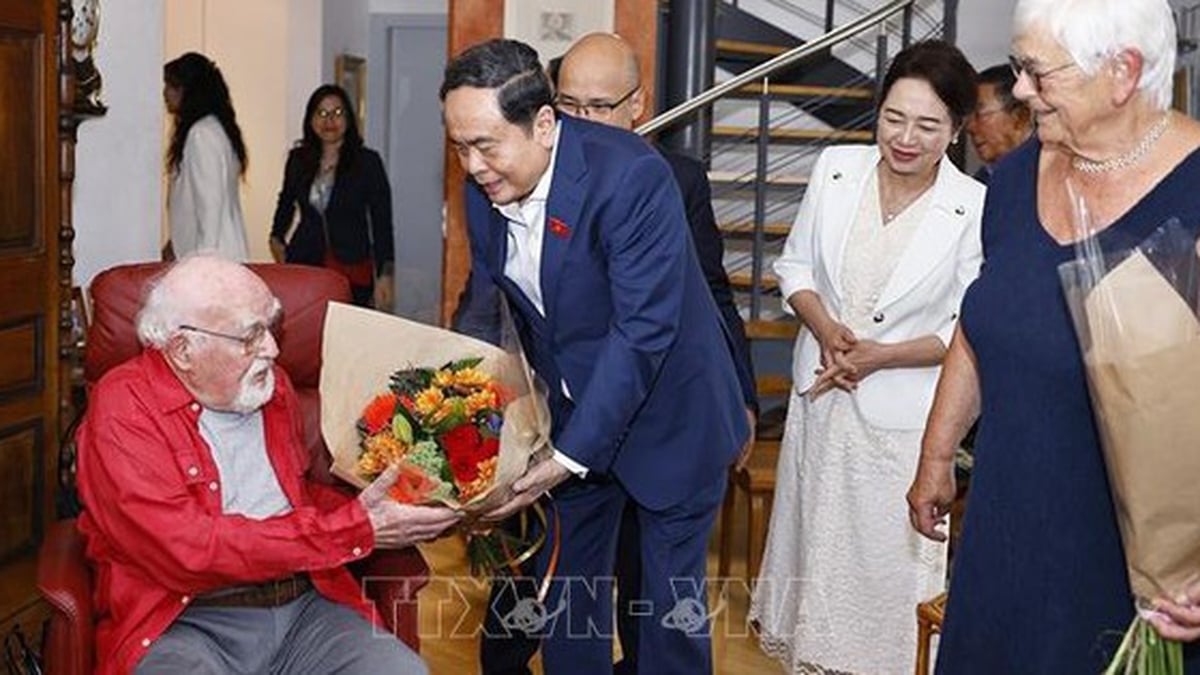
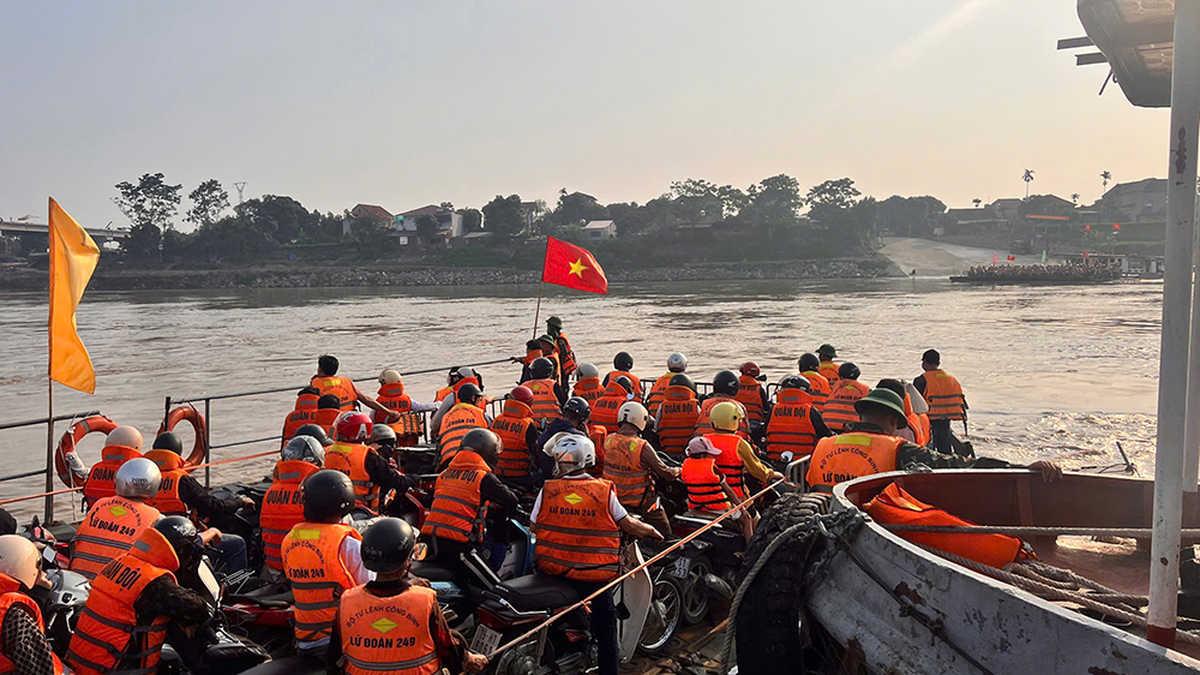
















![[Photo] National Assembly Chairman attends the seminar "Building and operating an international financial center and recommendations for Vietnam"](https://vphoto.vietnam.vn/thumb/1200x675/vietnam/resource/IMAGE/2025/7/28/76393436936e457db31ec84433289f72)


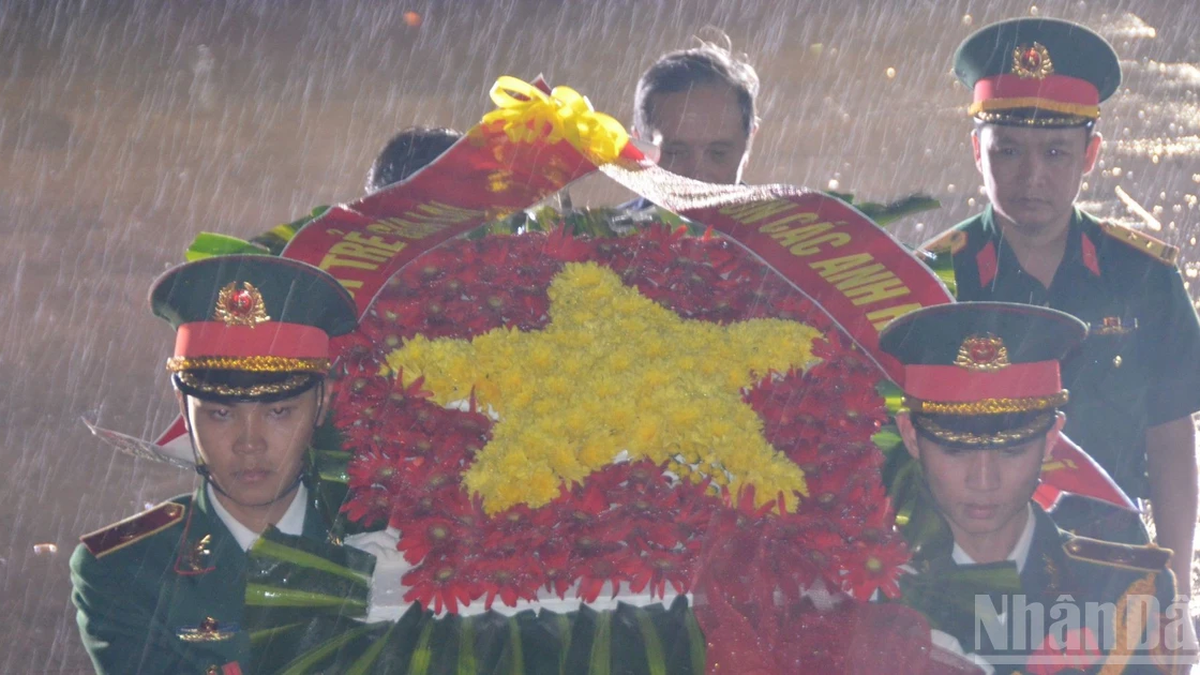






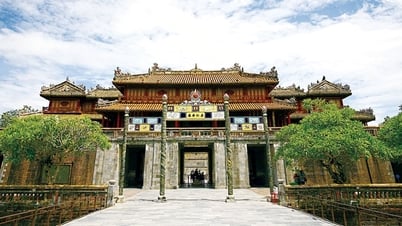

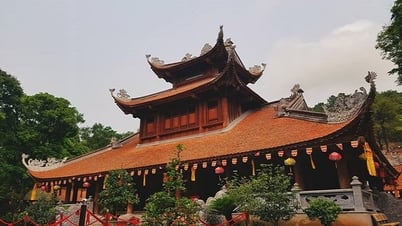

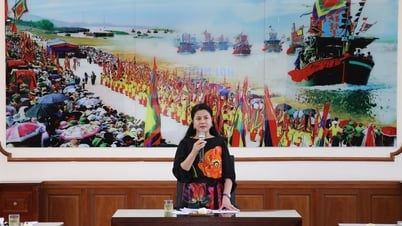

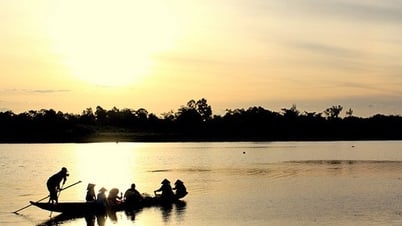



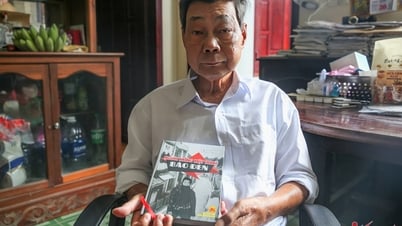


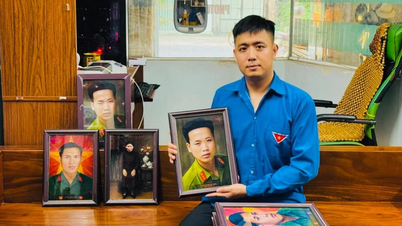




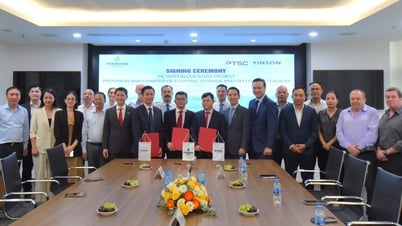

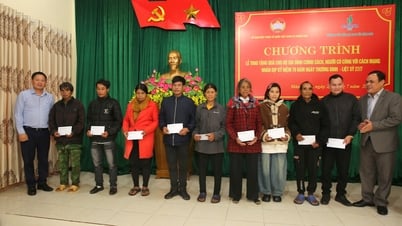
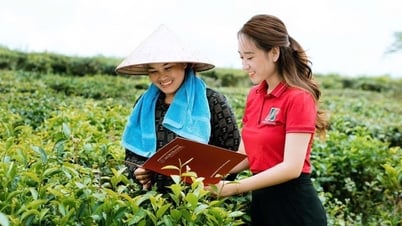

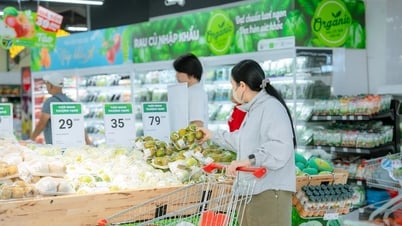
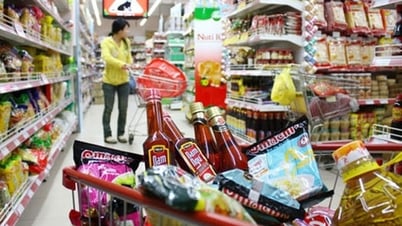
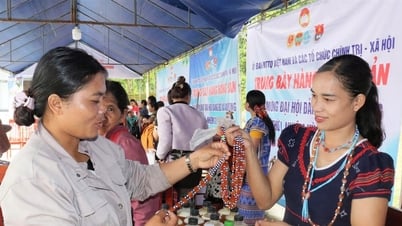
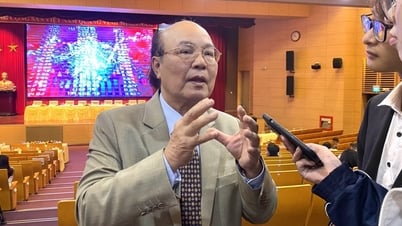

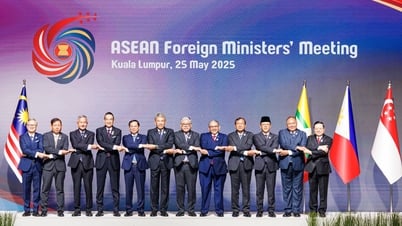

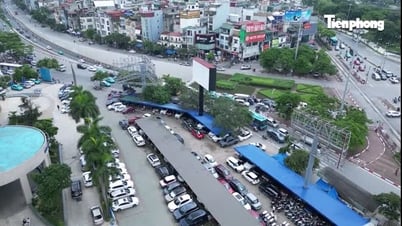




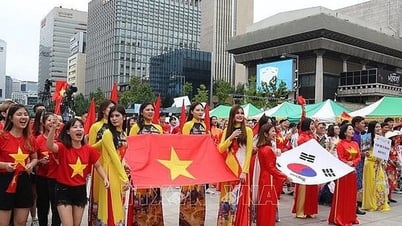
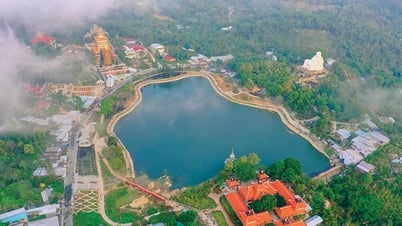
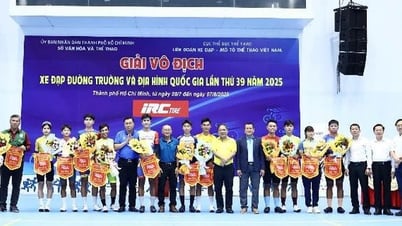
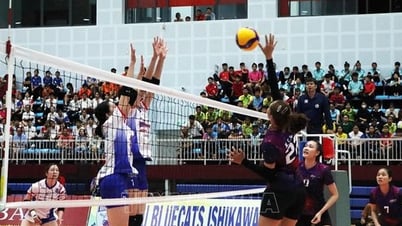























Comment (0)